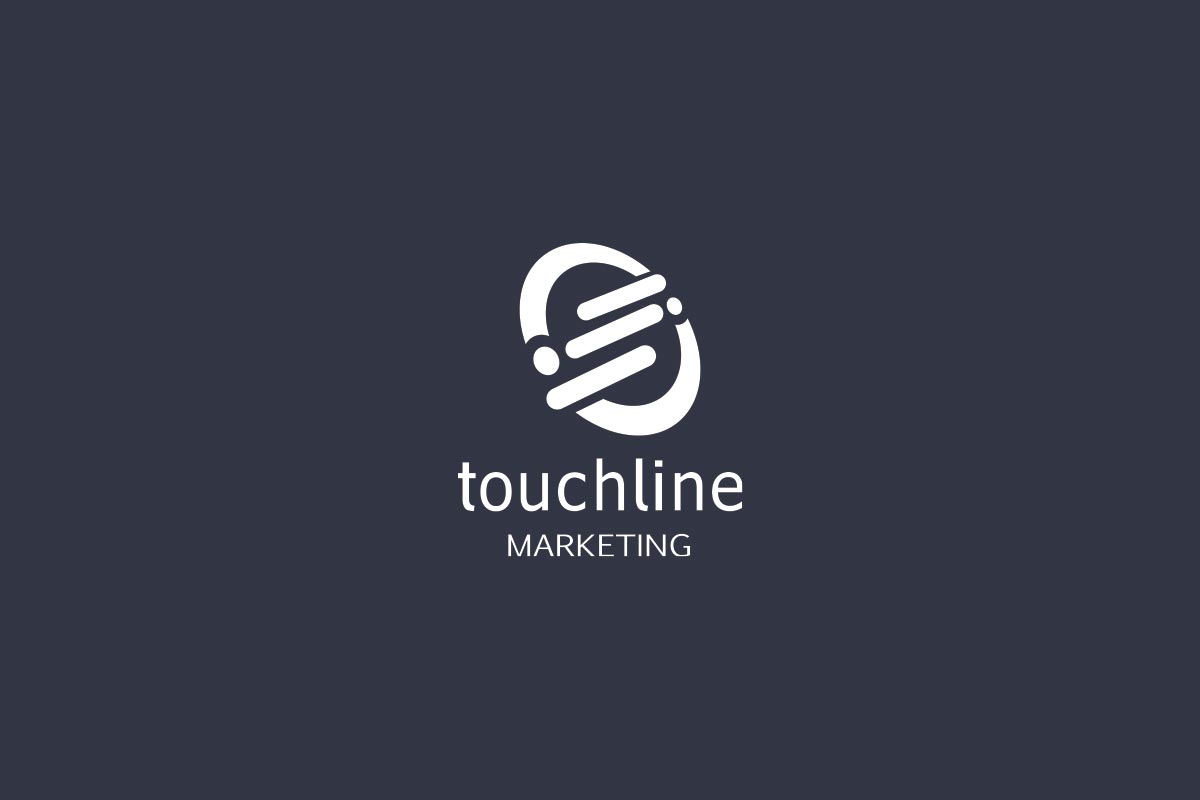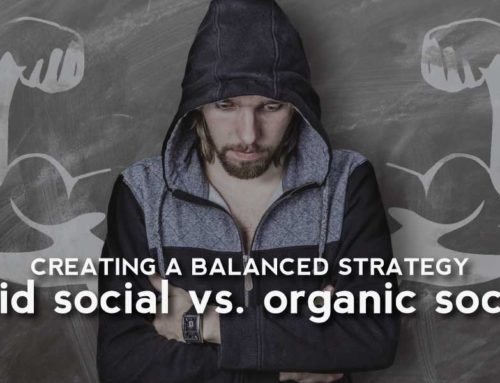I’ve delivered hundreds of webinars over the last several years for technology firms, consulting companies, and professional service firms. I’ve heard a lot of different ideas on what business leaders think is important and what is not important when hosting an online event. Based on that experience, here are a few failures you are likely to make with your next webinar…
#1 – You Will Fail To Understand The Purpose Of A Webinar
A webinar is a high-level (teaser) presentation. This is not about diving into detailed methodologies or architecture documentation. Granular details are better suited for follow-up sales efforts. A webinar is typically a milestone in the sales process that generates a lead or serves as a “touch” to further nurture leads or opportunities. You must tackle a single topic that appeals to the pain points or goals of the target buyer persona and position a clear call-to-action. A webinar is a tool your inside sales team can use to continue to push people through a modern buyer’s journey. A webinar is also a tool your account management team can use to build customer loyalty or identify white-space within an existing account.
#2 – You Will Fail To Arrange For A Residual Return On Investment
Expecting that everyone who might be receptive to hearing your message will be available at the exact date and time you schedule your event is naive. There can often be hundreds of man hours that go into producing a presentation for a webinar or seminar. It is your responsibility to maximize the impact your thought leadership content can have over a longer, more flexible, time window. What can you do? Run the same presentation/workshop on a regular frequency or record your event and provide on-demand access through a lead generating landing page.
#3 – You Will Fail To Use The Webinar As A Vehicle For List-Building
Events, exhibits, and ebooks are all convertible thought leadership components. Webinars are no different. Valuable information can be captured by publishing high-value thought leadership content through gated landing pages. With one consulting firm we worked with, we grew the prospect list from 500 contacts to 50,000+ inbound contacts who knew the company and were open to hearing from us on a regular basis. Ensure the lead data you capture is being populated within your Email Service Provider (ESP), CRM System, and/or Marketing Platform. Build the proper foundation within your systems so you can segment your prospect data by interest (content consumed) and geography. Systematic list-building is a primary objective of running a webinar.
#4 – You Will Fail To Establish A Regular Broadcast Frequency
The fact that you are hosting the event can often carry as much weight with a prospect as the specific message you are delivering. It is an excuse for your business development team to subtly reach out to prospective clients and existing customers in a non-threatening manner and offer them something of value. It is an excuse for the entire company to share an event with their personal networks, exponentially expanding your reach (free of charge). A two week lead time from concept to execution is not enough to properly leverage this tactic. Plan at least 45 days out for each of your webinars. Market your webinars as a ‘webinar series’ where people can expect a new topic every week/month/quarter. A ‘webinar series’ helps project a polished image that our firm may be much bigger than you really are.
#5 – You Will Fail To Brag About It Before And After
Establish a calendar of activity for attracting people to the webinar before the event and attracting people to your archived content on a continual basis after the event. If you have budget, paid promotion can help expand your reach and speed up the growth of your webinar series. The overwhelming majority of webinar registrants are sourced from email marketing (once again see ‘Use The Webinar As A Vehicle For List-Building’) so you should plan to drip your registration announcements out via email in a logical frequency to targeted audiences. Here are few other ways to brag without breaking the bank:
- Cross promotion with other company events/activities
- Company social media channels (how you use each channel should be slightly different)
- Social sharing from your executives & team members
- eNewsletter
- Email follow-up campaigns (automation)
- Website events calendar
- Facebook events
- LinkedIn groups
- Write a blog summarizing the event
- Video snippets
- Press release
#6 – You Will Fail To Project A Professional Image
In many areas of consulting, especially technology consulting, you are often asking a prospect to jump into a large systems implementation or advisory contract without any real first-hand knowledge of how you conduct business. Webinars help provide that warm and fuzzy feeling for a prospect that they are making the right decision and shorten a sales cycle. Because this type of impression is so important, you can’t screw it up! Unfortunately many of you will fail in this area because you won’t take preparation seriously.
Lack of preparation will come out on the the day of the webinar when you fumble through the technology, have audio issues, panelists disappear, slides don’t build properly (or are just ugly), the delivery is poor, or no questions are posed during Q&A. Don’t expect a prospect to devote 45 minutes of their valuable time to and event that you spent 30-45 minutes preparing. Conduct your due diligence with kick-off meetings, building professional a registration portal, writing moderator scripts, content preparation sessions, and dry-run rehearsals.
#7 – You Will Fail To Follow-Up
Following up after a webinar seems like a fundamental part of hosting an event, but it often gets overlooked as other priorities take over when the webinar is complete. If you have 10 registrants, it’s typically not that hard. But what about 50, 100, 500, or 1,000. What about all the people who access your archived content at random times when you aren’t even prepared? How do you sift through that haystack?
It’s important to develop a repeatable and scalable workflow for follow-up messaging that can involve a combination of auto-responders, drip campaigns, lead scoring, calls from sales, personalized email messages, postal mailings, and more. It depends on your average deal size, but often one new consulting client will pay for a webinar several times over.
#8 – You Will Fail To Be Patient Because Building Something New Can Be Painful.
Just because you built it doesn’t mean they will come. When you start with webinars, you will need to promote the hell out of the event just to get a handful of people in the seats. Over time, if you are list-building in a best practice manner (see ‘Use The Webinar As A Vehicle For List-Building’) and providing valuable content that matches the goals and challenges of your buyer profile, you will gradually increase your registration numbers and it will get easier and easier to attract an audience.
Using one client as an example, we attracted about 10-20 people to the first few webinar events after doing TONS of promotion. The business leadership wanted to quit because they weren’t getting instant gratification but they kept grinding with the program. Two years later with that same client, we were attracting 300 people to an event after distributing just a single email invitation and began influencing millions in services revenue. It can be done, but it takes time and patience.





